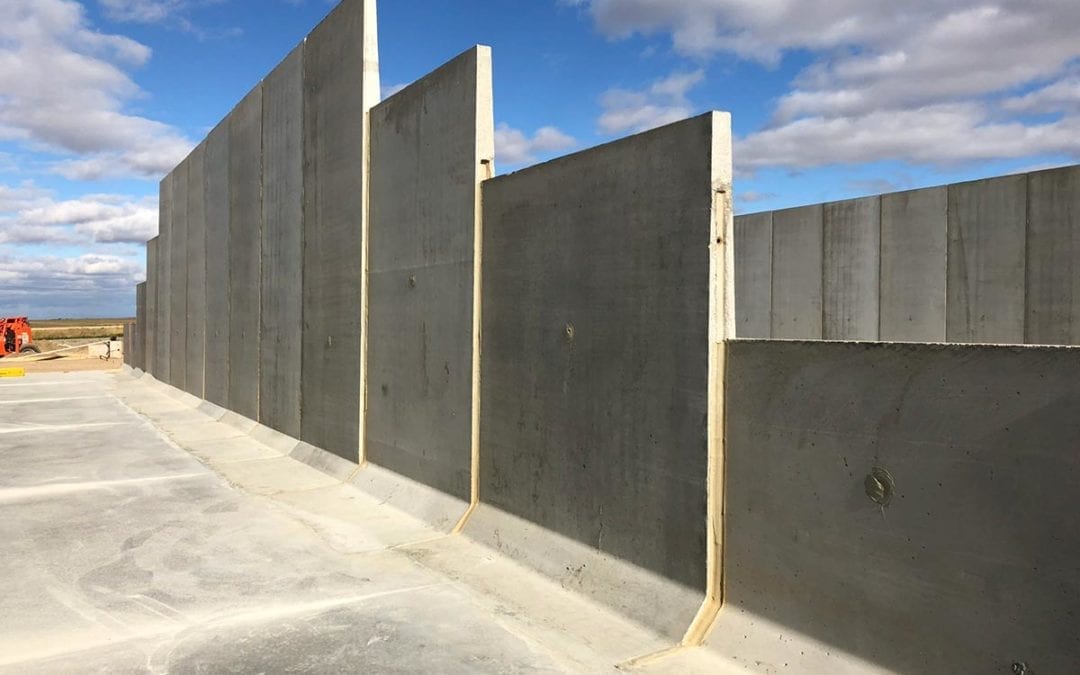Precast concrete benefits the bottom line of any project that involves construction with concrete. You can use it for slats, walls, beams, and columns and spandrels and just about any other part of a building for less money than engineered concrete cast on-site.
Concrete is involved in the majority of construction projects and makes up over 60% of construction materials. At Hanson Silo our customers often ask us questions about precast concrete structures, and we’re happy to share information about the many advantages they offer.
PRECAST SAVES MONEY
Most people’s first question is how precast concrete can save money as compared to standard concrete construction. Many facets of precast concrete produce these cost savings, the most significant of which are the molds and forms used to make precast concrete.
Precast molds can be used hundreds & thousands of times before they are rebuilt or replaced. Our steel forms used for casting precast concrete components typically last for multiple decades before they are removed from service! On-site concrete construction forms are not typically reused or recycled. Construction companies must build new molds for each project. Because of this, using precast concrete is less wasteful and more environmentally friendly than other options.
The Bureau of Labor Statistics keeps a “producer price index” that indicates the price differences between concrete that is precast and cast in place, sometimes known as poured concrete. The index shows on-site concrete as the most costly of three options, which included precast and prestressed-precast concrete.
A recent research project directly compared the costs of precast concrete to on-site pouring and found precast concrete slabs save 23 percent over cast-in-place concrete. Columns yielded a similar result, with savings at 21 percent less cost than on-site pouring. The study also established that contractors prefer to use precast concrete because of its favorable life-cycle cost.
Naturally, people wonder, “what is the cost of a precast building?” The price depends on many factors, including the size of the structure, what kind of finish the concrete has, the number of molds needed, and whether the molds are standard or highly customized.
The Precast-prestressed Concrete Institute (PCI) advises that the bigger the panel, the lower the erection cost per square foot. For example, the erection of a 100-square-foot panel could cost about $30 per square foot, whereas a 200-square-foot panel could cost around $20 per square foot depending on insulation.

